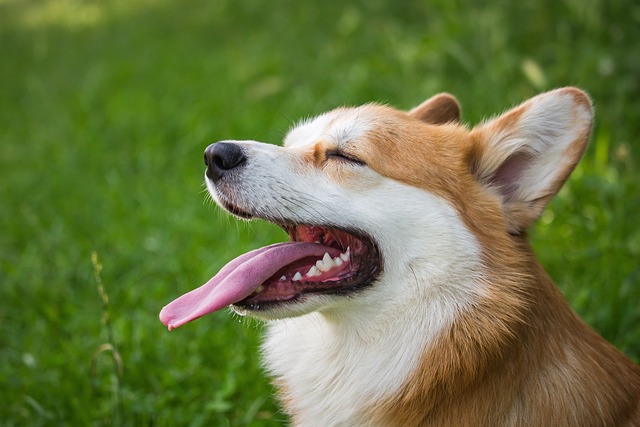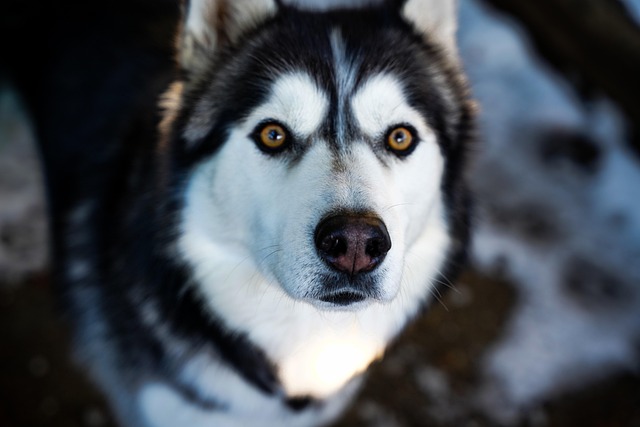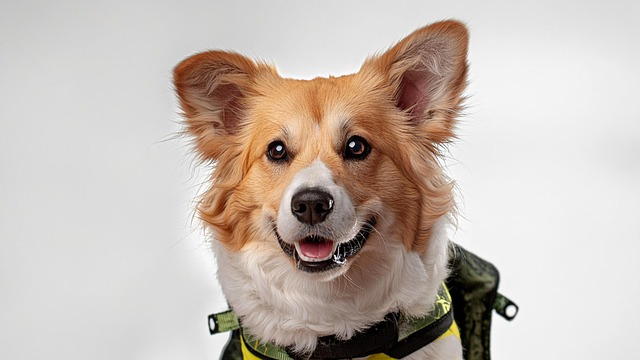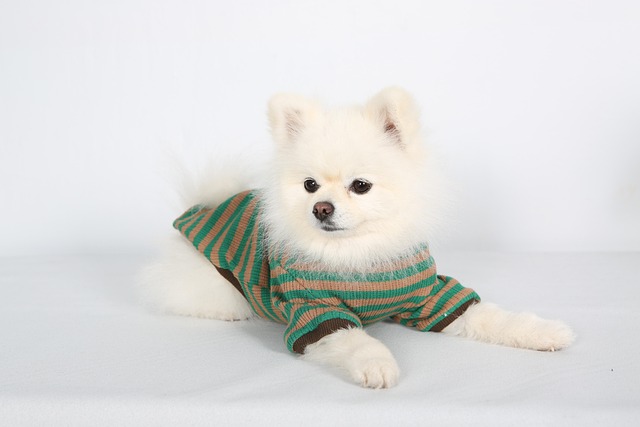
What vitamin is good for dogs' skin
Seeing your dog constantly scratch or noticing dry, flaky skin can make you wonder if a simple vitamin might be the solution.
Your husky’s behavior might start shifting in subtle ways that make you wonder—could this be the first sign of heat? Unlike some breeds that broadcast their cycle with dramatic changes, huskies often keep things a bit understated, but there are clues if you know where to look. Keep an eye on her energy levels: some females become unexpectedly clingy, following you from room to room like a shadow, while others might snap at the mailman or the neighbor’s cat with more intensity than usual. These mood swings aren’t just random; they’re tied to the hormonal rollercoaster of her reproductive cycle.
Physical changes usually follow, though timing varies. A swollen vulva is one of the earliest indicators, often appearing a few days before any discharge starts. That discharge itself evolves—beginning as a light pink or reddish tinge, then darkening slightly before fading as her cycle progresses. Don’t panic if it’s not a heavy flow; huskies tend to groom themselves meticulously, which can make this sign easy to miss. You might notice more frequent licking of her genital area, a behavior that’s perfectly natural but worth noting in your mental checklist.
Outdoor walks might take on a new dynamic too. Suddenly, your husky who once trotted happily beside you might start pulling harder toward every male dog in the park, nose to the ground as if tracking an invisible scent trail. This heightened interest in other dogs—especially intact males—is no accident. Huskies, with their strong prey drive and pack instincts, can become single-minded during heat, so keeping a firm grip on the leash becomes non-negotiable. In many U.S. states and European countries, letting an unspayed female roam while in heat violates local animal control laws, which often require secure containment to prevent unplanned litters. For example, in California, owners can face fines upwards of $500 if their dog causes a public disturbance or mates without supervision, and similar regulations exist in the UK under the Animal Welfare Act 2006.
 Sleep patterns might get disrupted too. Some huskies sleep more than usual, curling up in their beds for hours, while others seem restless, pacing at odd hours. These changes stem from fluctuating progesterone levels, a hormone that plays a key role in regulating the heat cycle. If you’re unsure, tracking these behaviors in a notebook or app can help spot patterns—many owners find that consistency, not intensity, is the biggest giveaway.
Sleep patterns might get disrupted too. Some huskies sleep more than usual, curling up in their beds for hours, while others seem restless, pacing at odd hours. These changes stem from fluctuating progesterone levels, a hormone that plays a key role in regulating the heat cycle. If you’re unsure, tracking these behaviors in a notebook or app can help spot patterns—many owners find that consistency, not intensity, is the biggest giveaway.
Veterinary input remains crucial, especially for first-time owners. A quick check-up can confirm if your husky is in heat and rule out other issues like infections, which sometimes mimic heat symptoms. Vets also advise on timing for spaying, a decision that ties into both health and legal considerations. In places like Germany, for instance, certain breeds require spaying unless registered as breeding dogs, and failure to comply can result in fines. Even in regions with looser rules, responsible ownership often means discussing options with a vet to prevent overpopulation—statistics show that 30% of dogs in U.S. shelters are unplanned litters, many from owners who missed heat signs.
Husky owners should also remember their breed’s unique traits. These dogs were bred to work in packs, so social cues during heat might differ from other breeds. A female husky in heat might act more dominant around other dogs or, conversely, become unusually submissive. These shifts, paired with physical signs, paint a clearer picture than any single symptom.
Finally, preparation matters. Keeping your husky on a secure leash during walks, avoiding off-leash parks, and ensuring your yard has no escape routes are all part of responsible care during this time. Not only does this prevent unplanned mating, but it also keeps you compliant with local laws—many cities in Europe and North America have strict rules about containing dogs in heat to protect community safety. By staying observant and proactive, you’ll navigate your husky’s heat cycle with confidence, keeping both her and your neighborhood happy.

Seeing your dog constantly scratch or noticing dry, flaky skin can make you wonder if a simple vitamin might be the solution.

If you’re a new dog parent in the US—maybe you’re sitting on your Portland apartment couch, staring at your 1-year-old Australian Shepherd

If you’re a new dog parent in the US—maybe you’re sitting on your Atlanta apartment floor, holding your 6-week-old Beagle puppy, Daisy, who’s curled up in your lap

If you’re a new dog parent in the US—maybe you’re standing in your Denver apartment’s kitchen, staring at a bag of high-quality puppy kibble and a bottle

Seeing your puppy grow daily is amazing, and it’s natural to want to give them every advantage, including supplements.

Brown stains on white dog fur aren’t just unsightly—they can also hint at underlying issues like tear duct irritation or poor grooming habits, which matter even more when you’re following local pet care laws.